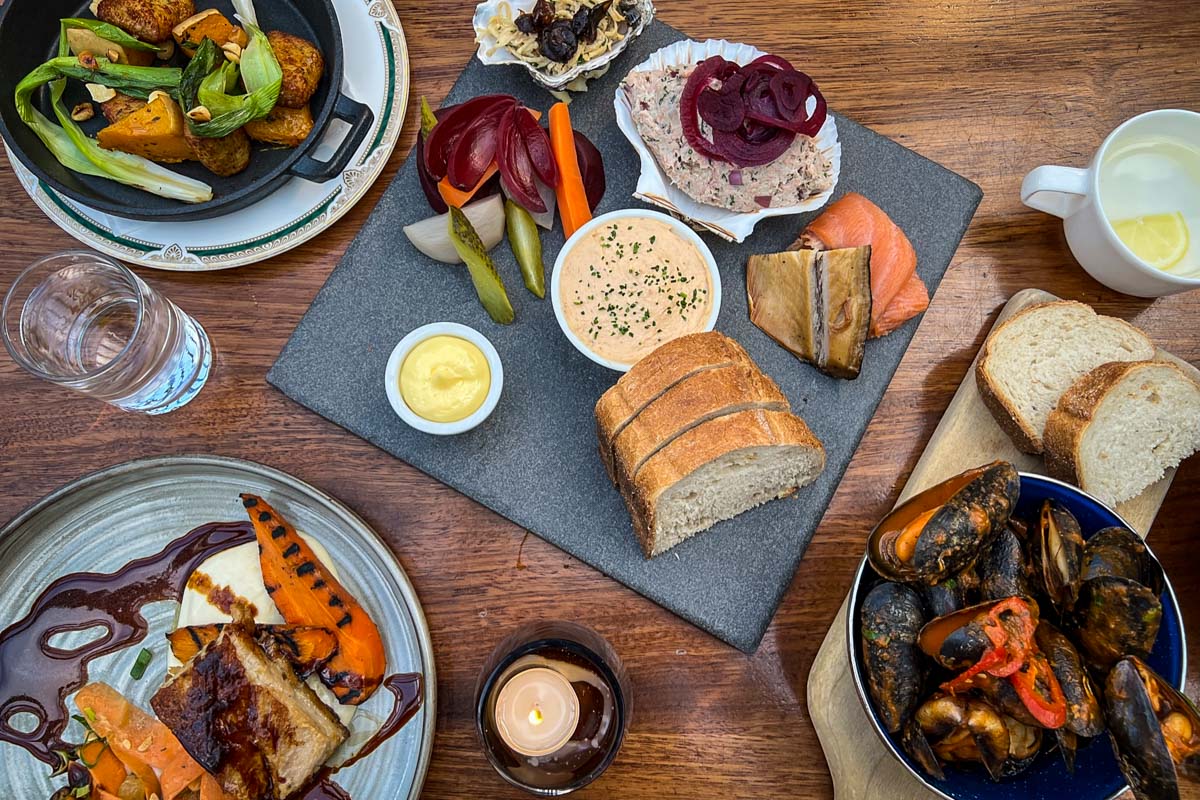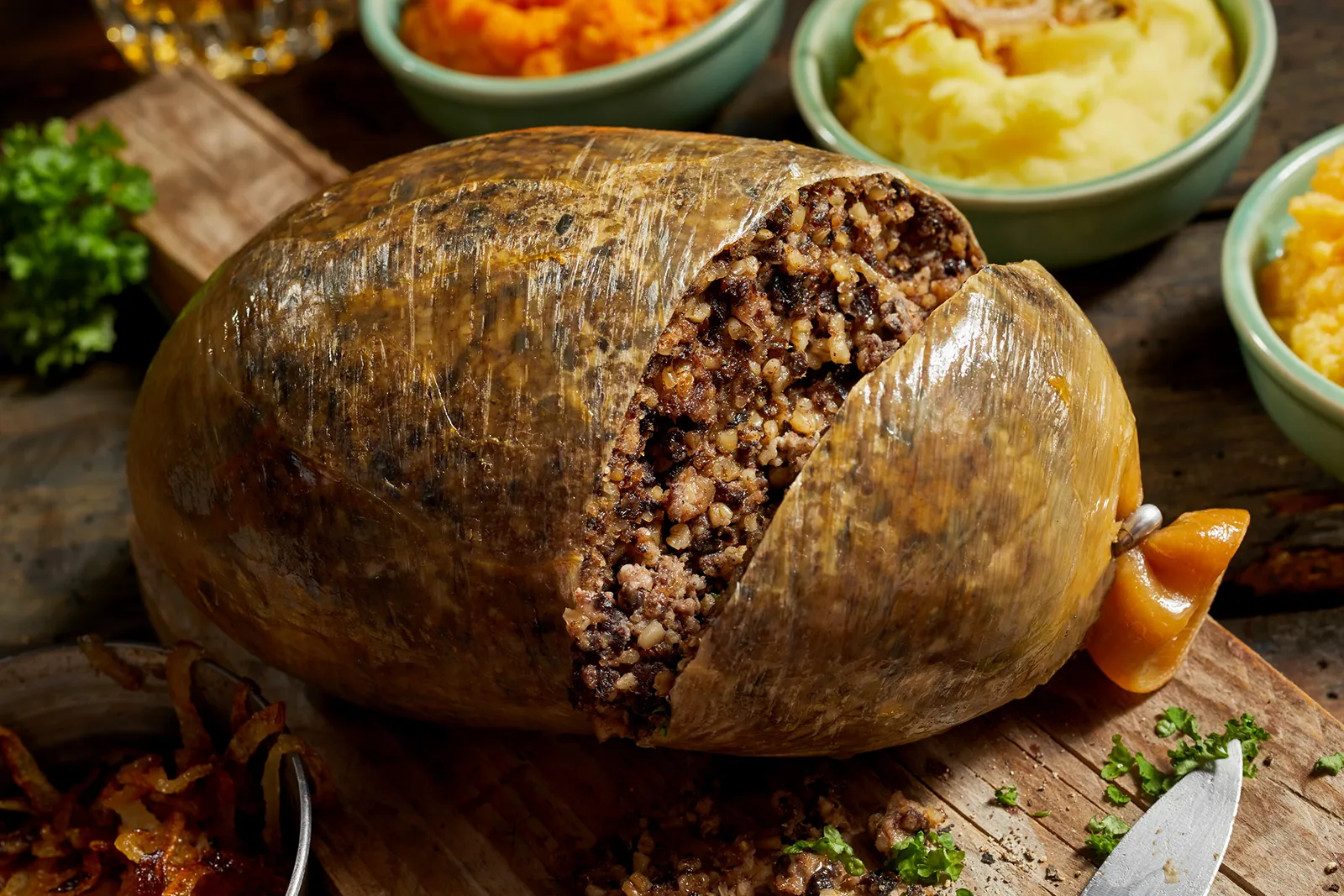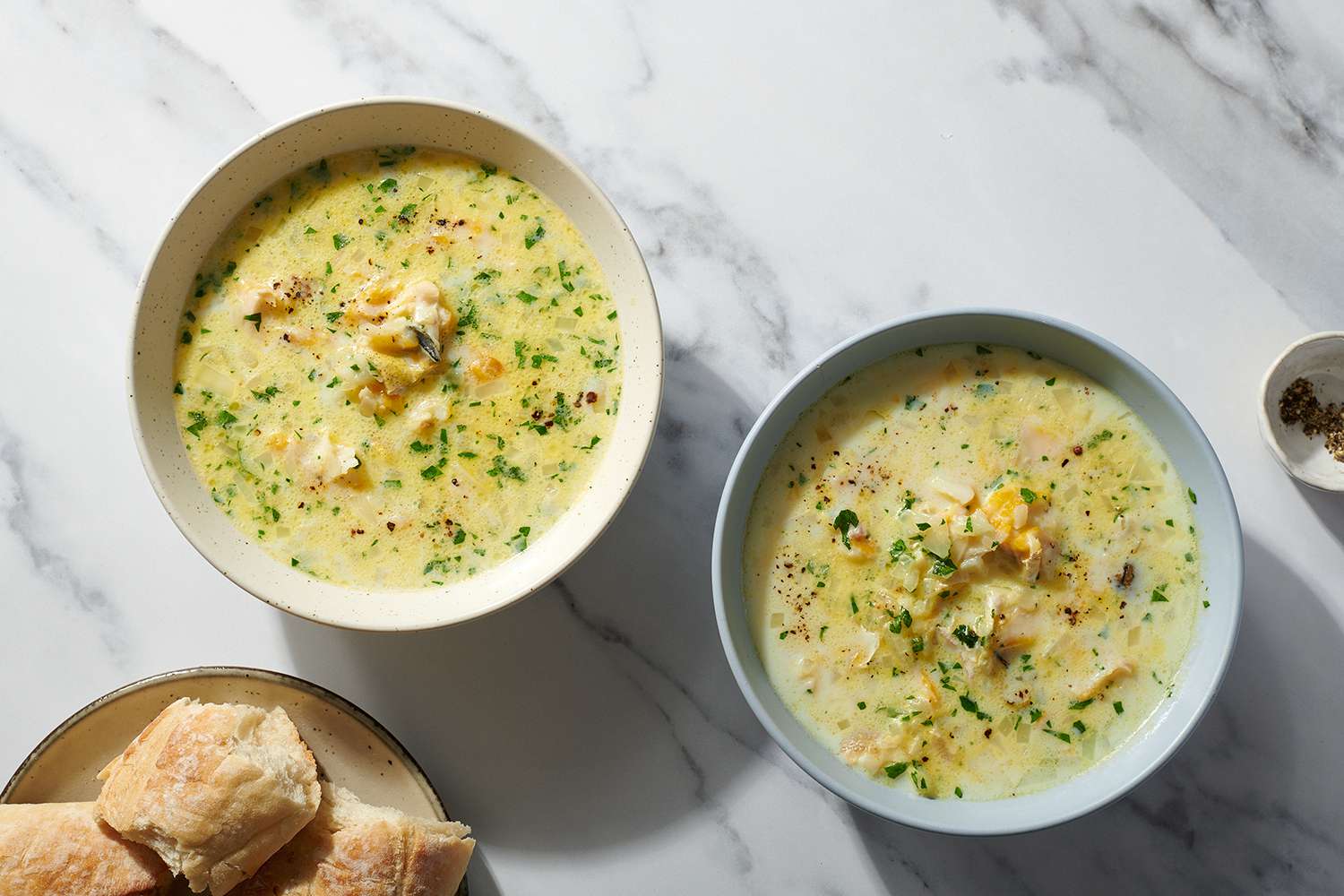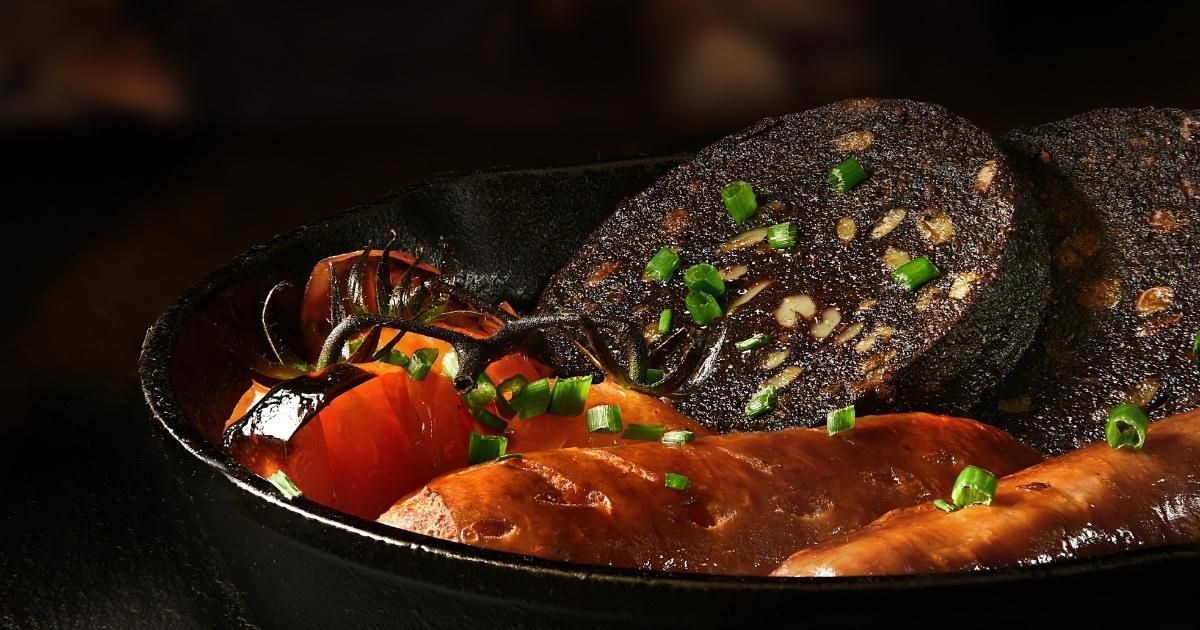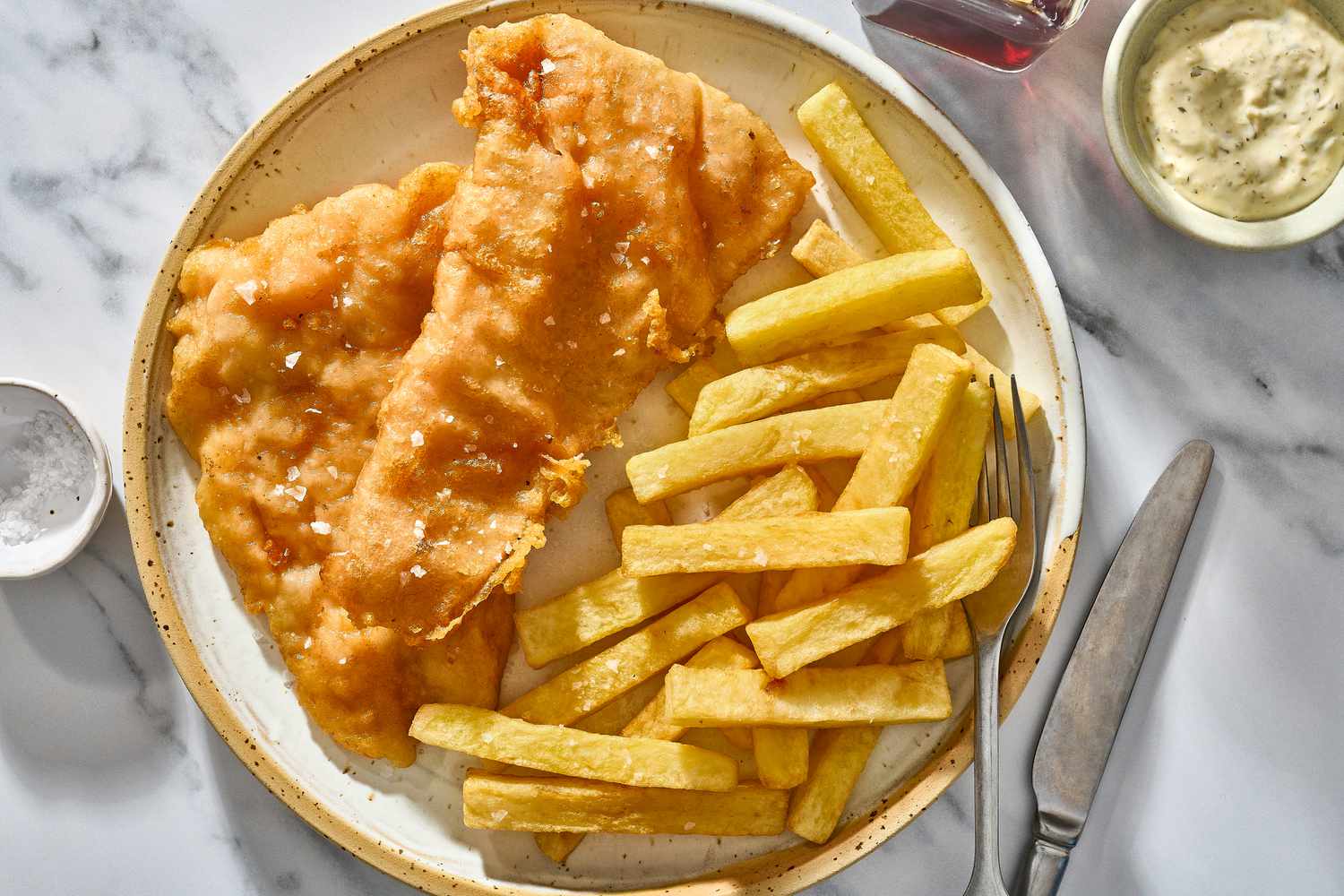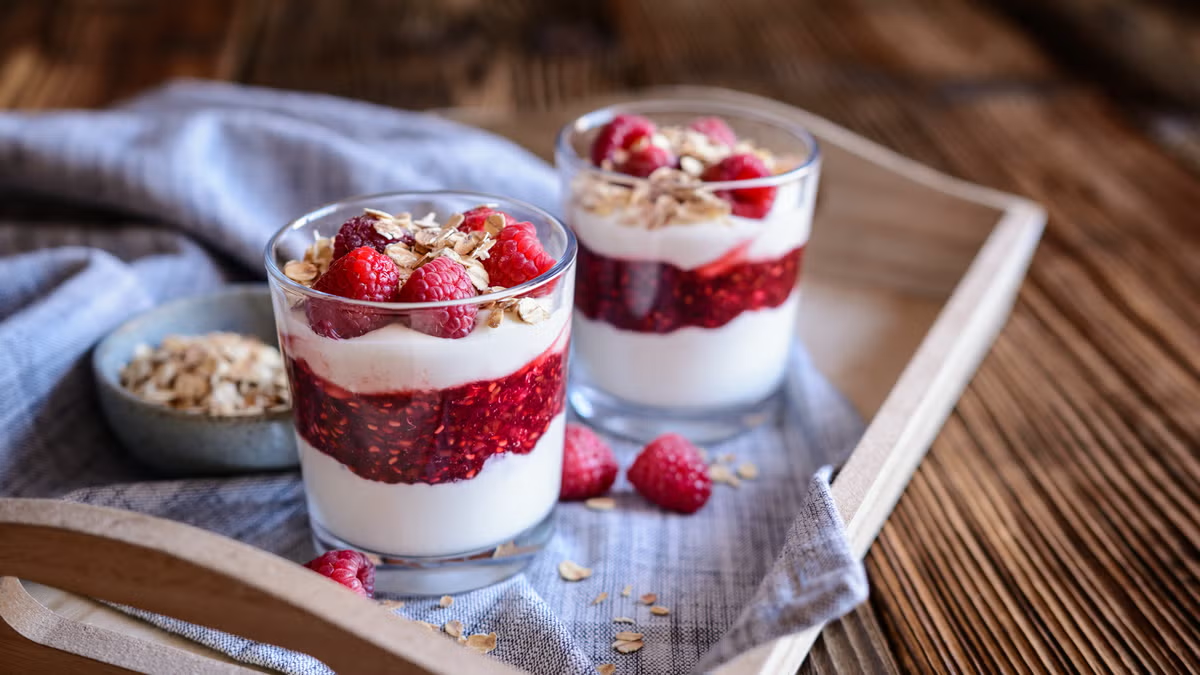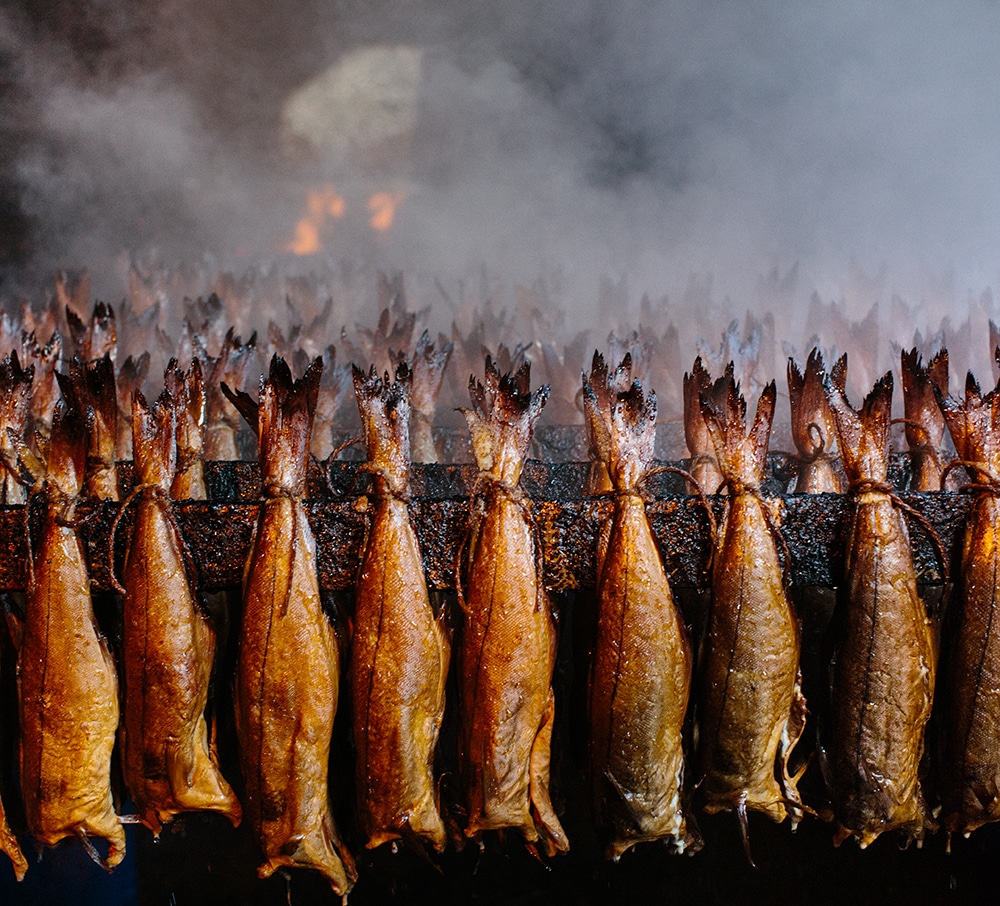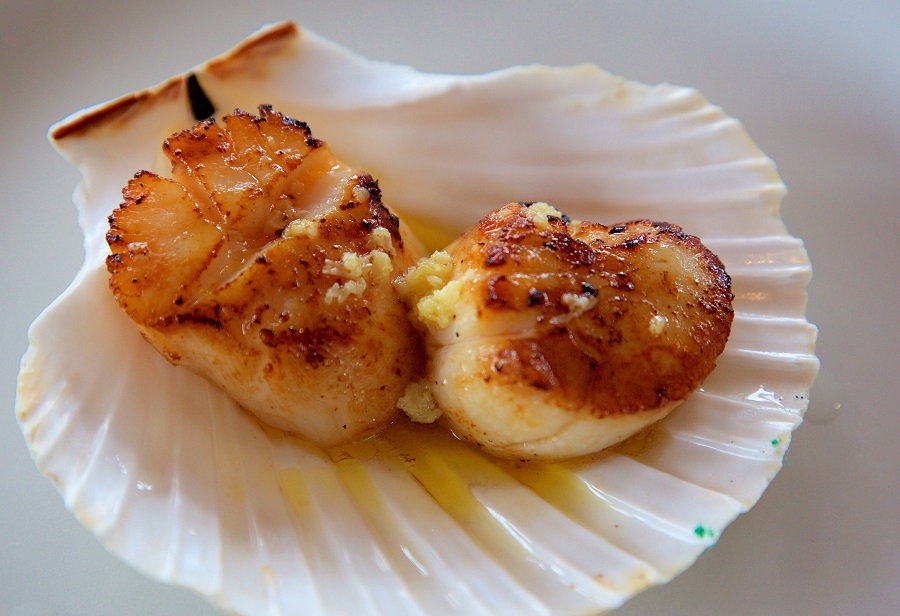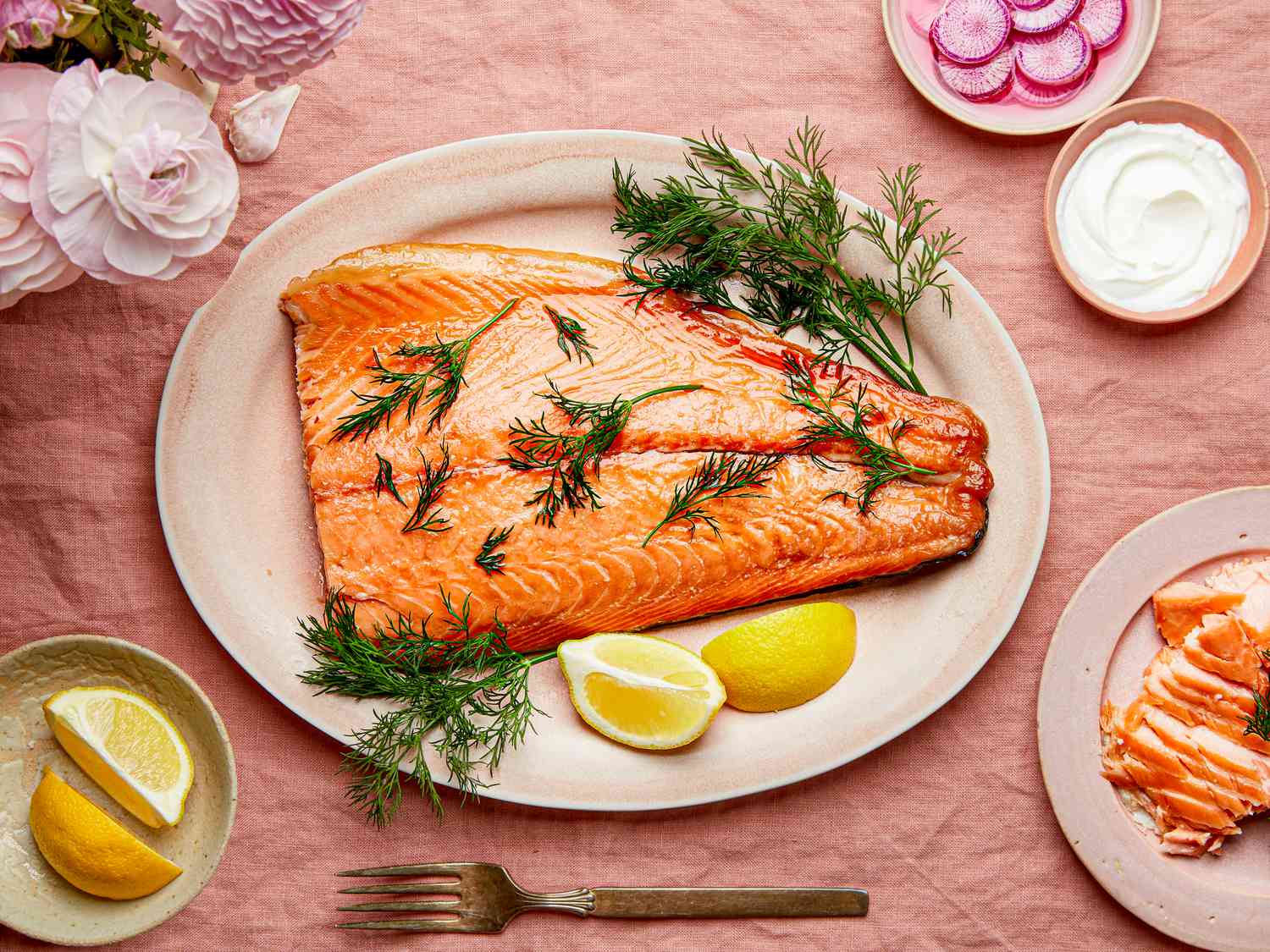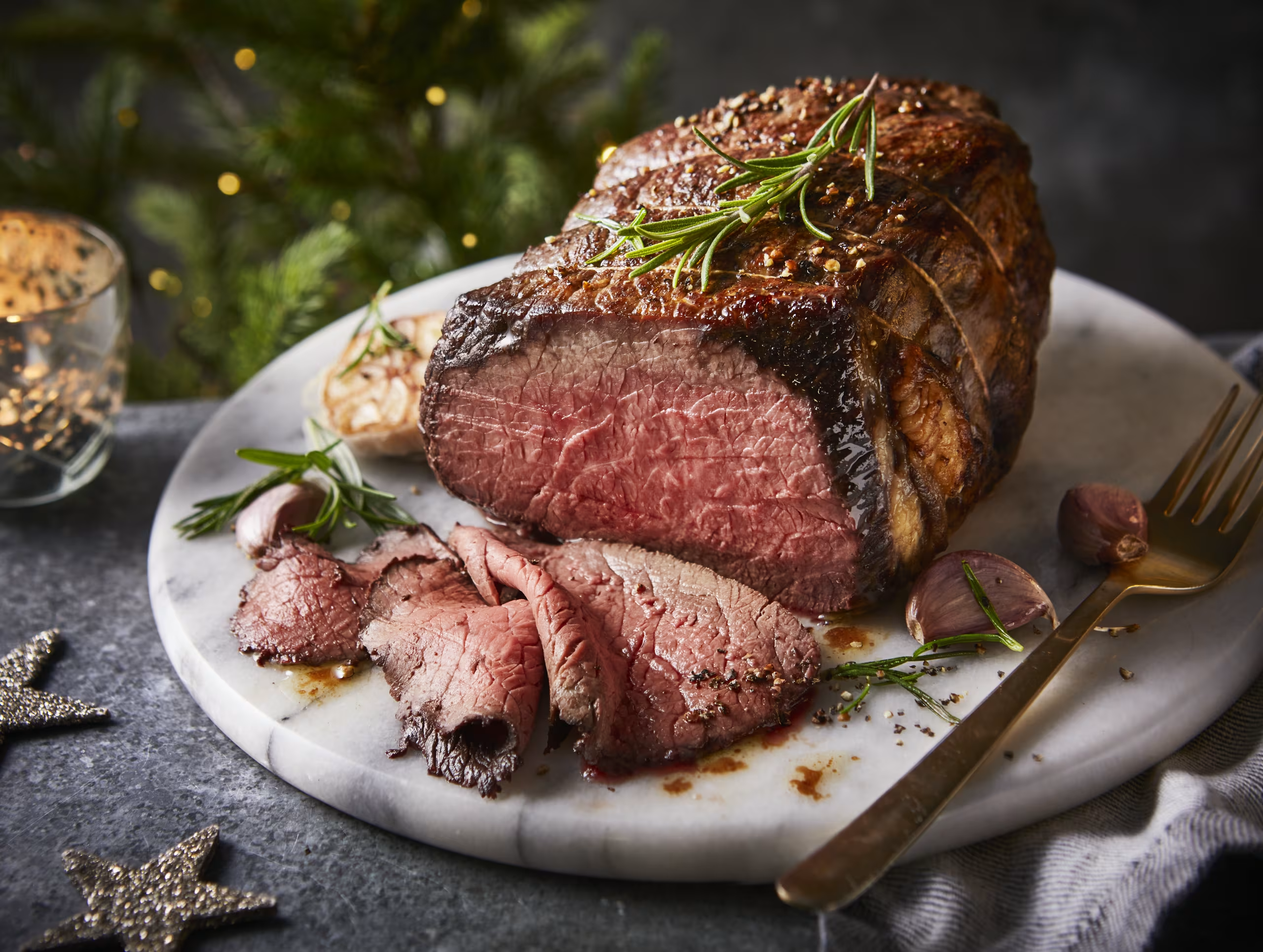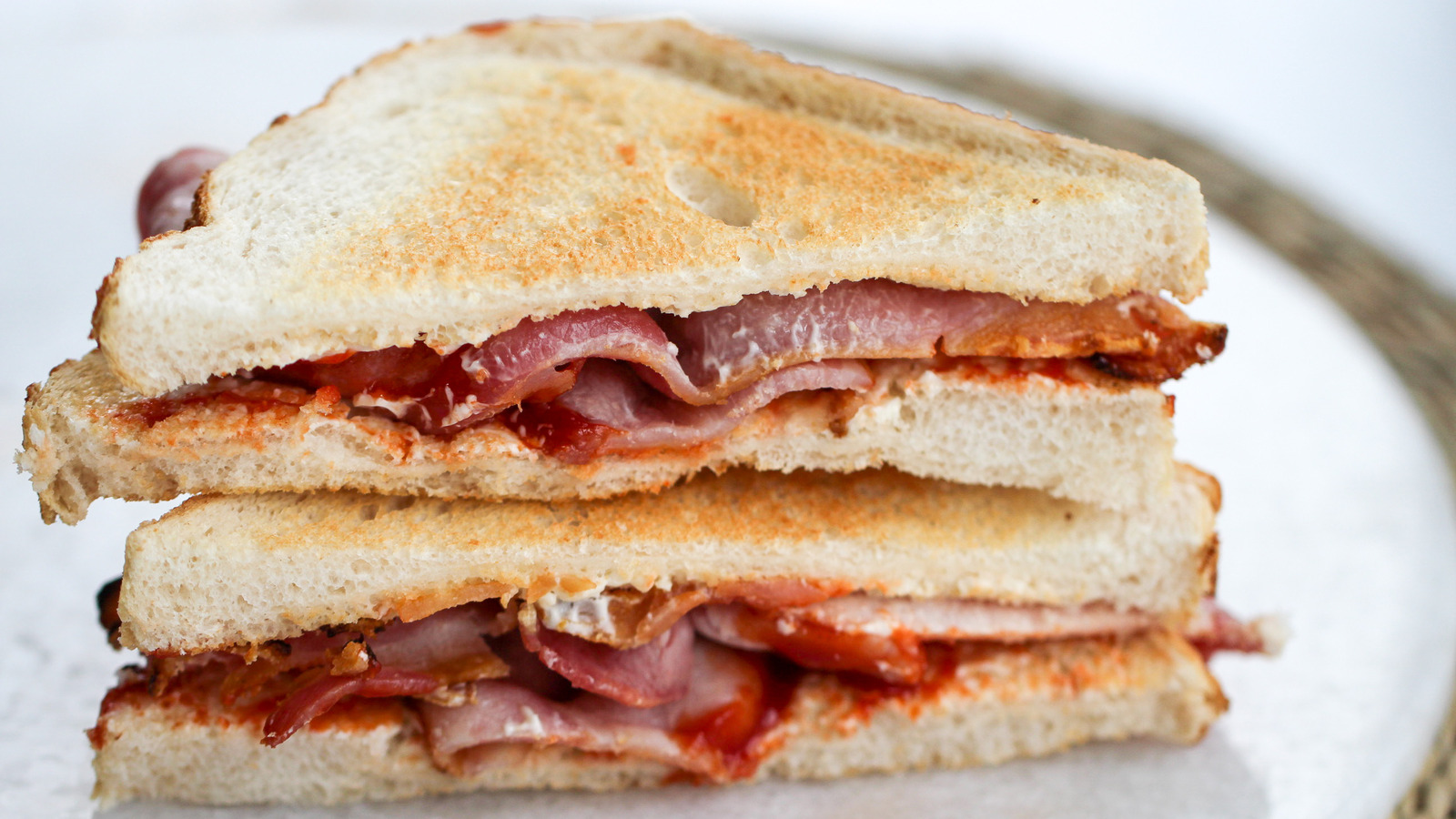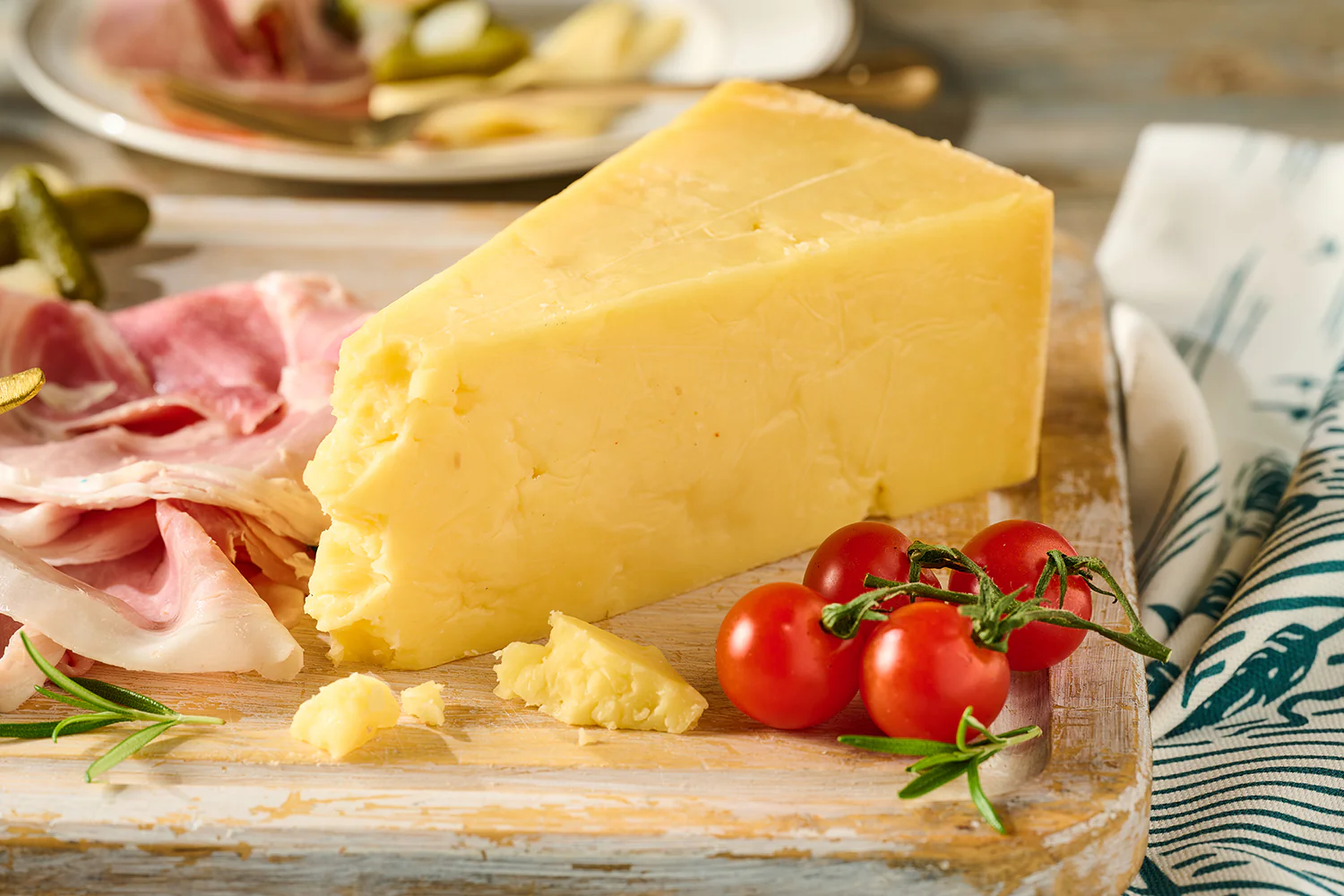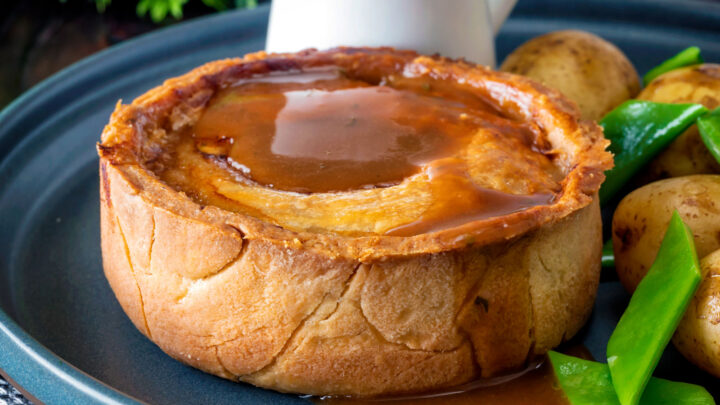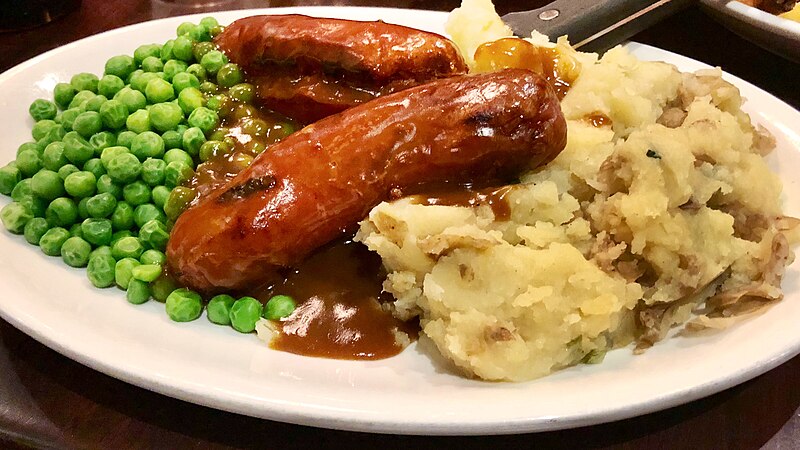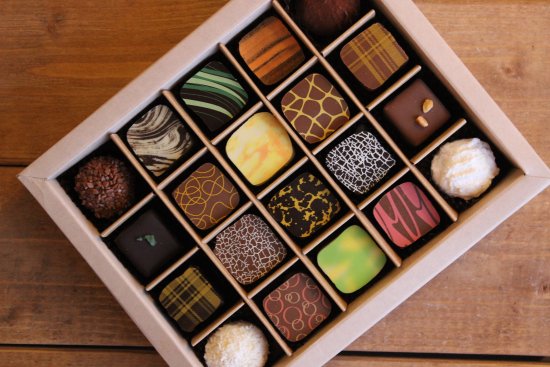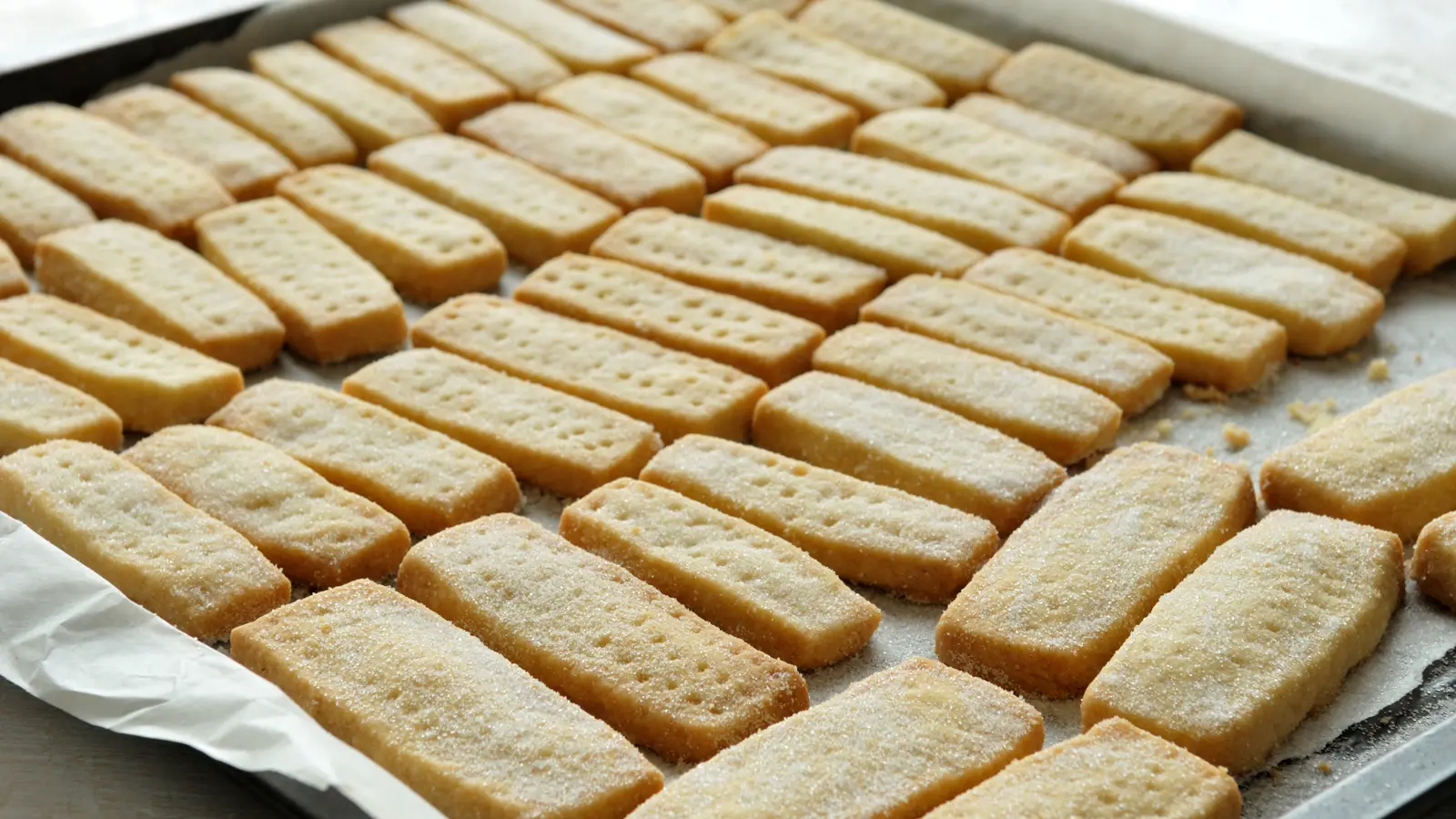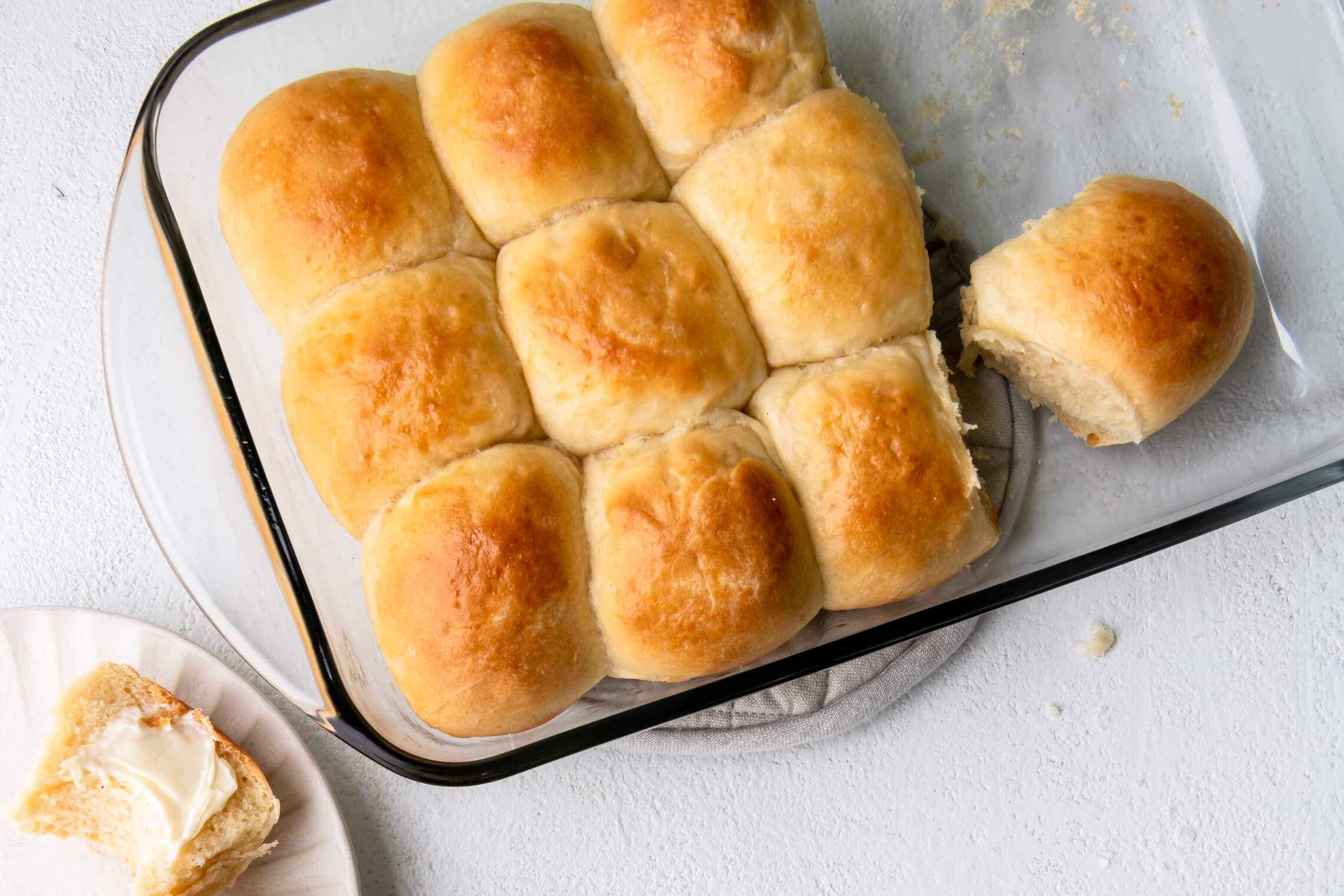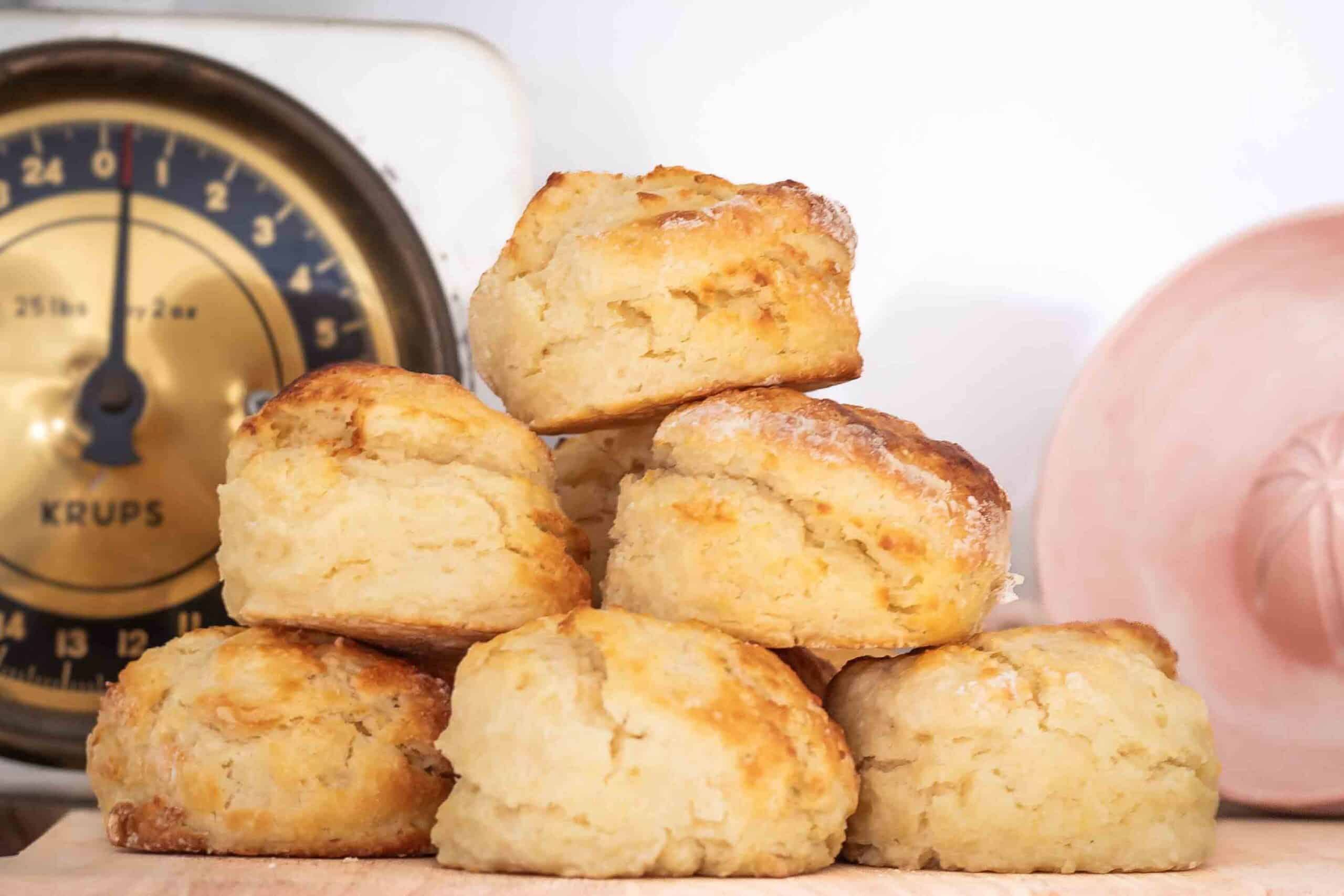20 Best Scottish Traditional Food Dishes You Can't Miss
20 must-try Scottish traditional foods that showcase the country’s rich culinary heritage. Perfect for food lovers seeking authentic experiences!
Mar 01, 202515.2K Shares227.8K Views
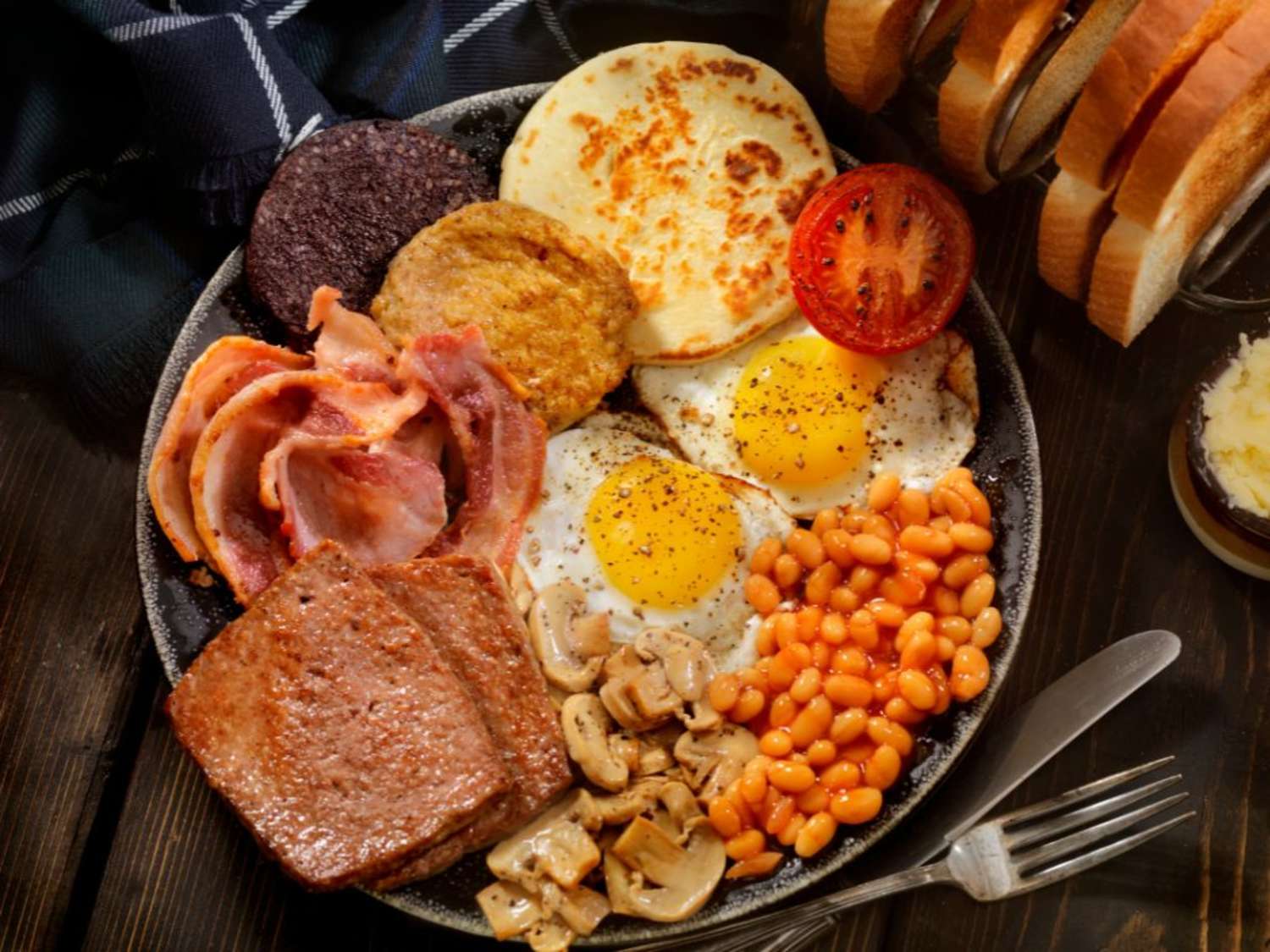
Scottish traditional foodcarries a rich tapestry of flavors, history, and culture, deeply rooted in the rugged landscapes of Scotland. From hearty stews to sweet delicacies, each dish tells a story of survival, celebration, and innovation.
These recipes not only nourish the body but also serve as a bridge connecting generations, preserving a culinary heritage that remains vibrant to this day.
Rooted in a blend of Celtic, Viking, and English influences, Scottishcuisine is more than sustenance it’s a reflection of the country’s diverse landscapes and resourceful spirit.
1. The Historical Roots Of Scottish Cuisine
Scottish cuisine is deeply intertwined with its history and geography. The rugged terrain and unpredictable climate led to a reliance on locally sourced, hearty ingredients. In ancient times, the Celts and Picts laid the foundation for Scotland’s culinary identity, relying on wild game, fish, and foraged ingredients.
Viking settlers introduced preservation techniques like smoking and salting, while medieval trade brought spices and new cooking methods.
Oats and barley became staples, providing nourishment through porridge, bannocks, and bread. Seafood, abundant along Scotland’s coastline, became integral to the diet. Over time, these influences melded into a cuisine that was both practical and flavorful, adapting to the needs of its people.
2. Key Ingredients In Scottish Traditional Food
Scottish dishes are built on a foundation of humble yet versatile ingredients:
- Oats:Used in porridge, oatcakes, and as a coating for fried foods, oats are a symbol of Scotland’s resourcefulness.
- Barley:Essential for broths and soups, barley provides texture and sustenance.
- Seafood:From salmon to haddock, Scotland’s waters yield a bounty of fresh fish.
- Game Meats:Venison, grouse, and pheasant highlight Scotland’s rich hunting traditions.
- Root Vegetables:Turnips, carrots, and potatoes complement many traditional dishes.
- Dairy Products:Cheeses like Crowdie and Dunlop showcase Scotland’s dairy heritage.
These ingredients not only reflect the land’s bounty but also serve as a canvas for culinary creativity.
3. 20 Iconic Scottish Dishes You Need To Try
1. Haggis: The National Dish Of Scotland
Haggis is a savory pudding made from sheep’s offal, mixed with oatmeal, onions, and spices, encased in the animal’s stomach. Despite its humble ingredients, haggis is celebrated for its rich flavor and cultural significance, often served with "neeps and tatties" (turnips and potatoes) during Burns Night.
2. Scotch Broth And Cullen Skink
Scotch broth is a hearty soup made with barley, lamb or beef, and vegetables. Cullen skink, a creamy smoked haddock soup, is a coastal favorite, showcasing Scotland’s love for seafood.
See Also: Discover The Delight Of Scotch Pancakes
3. Black Pudding
Next on the list of Scottish foods is a popular breakfaststaple black pudding. Made from pork blood combined with pork fat or beef suet and a cereal typically oatmeal, oat groats, or barley groats it stands out from blood sausages in other regions due to its high cereal content and the inclusion of distinctive herbs like pennyroyal.
Stornoway is often considered home to the best-tasting black pudding. If you’re feeling adventurous, you can try it while staying overnight on our Isle of Lewistour.
4. Fish Supper
Often referred to as Fish n’ Chips, this classic dish of battered, fried fish served with deep-fried chips is a beloved meal across the UK. However, opinions on the best way to flavor this Scottish favorite vary widely.
In Glasgow, salt and vinegar are the go-to choice, while in Edinburgh, the preferred topping is a mix of brown sauce and malt vinegar, commonly called ‘sauce’ or ‘chippy sauce.’ Try both, and you’re sure to discover your favorite.
5. Sweet Treats: Cranachan And Shortbread
Cranachan combines whipped cream, raspberries, honey, and toasted oats, while shortbread offers a buttery, melt-in-your-mouth experience. Both desserts are beloved staples at celebrations.
6. Arbroath Smokies
Originally developed in Arbroath, this method for preparing haddock dates back to the 1800s. The process begins with salting the fish overnight to ensure preservation. They are then cooked over a very hot, humid, and smoky fire for about an hour.
To prevent the fish from burning, it’s crucial to maintain high heat and dense smoke, which also gives the Arbroath Smokies their distinctive smoky aroma and flavor.
7. Hand-Dived West Coast Scallops
Next on our list of Scottish delicacies is west coast scallops, but this isn’t your typical seafood dish. Hand-dived scallops are significantly more expensive than those harvested by dredging, often costing twice as much.
However, growing awareness of the importance of ethical and sustainable food sourcing has encouraged more consumers to pay a premium for these artisan, hand-dived scallops.
8. Smoked Salmon
Scotland is renowned for producing some of the finest quality salmon in the world. With an extensive coastline and numerous lochs, fresh salmon is always within reach. For a taste of the best smoked salmon and shellfish, visit Oban on our day tour.
9. Aberdeen Angus Beef
Aberdeen Angus beef is a highly regarded staple of Scottish cuisine, cherished throughout the UK. This hornless cattle breed originated in Aberdeenshire, in Scotland's northeast.
Typically black or red in color, these cattle are now raised globally. The beef is prized for its superior marbling, which enhances flavor, improves tenderness, and helps retain moisture during cooking.
10. Bacon Butty
A Bacon Butty, also known as a bacon sandwich, is a beloved indulgence in the UK. Often praised as the ultimate hangover remedy, this straightforward mix of buttered bread, crispy bacon, and ketchup offers the perfect comfort on a rough morning.
11. Mull Cheddar Cheese
Isle of Mull Cheddar is unlike any other cheddar in both appearance and flavor. The cows on the island have a unique diet, feeding on fermented grain from the nearby Tobermory whisky distillery likely making them some of the happiest cows in Scotland! This special diet gives the cheese a pale ivory hue and a bold, fruity tang.
Crafted on Sgriob-ruadh farm, this artisan cheese is made using traditional techniques and unpasteurised milk (which carries a slight hint of alcohol). Curious to try it? We don’t blame you!
12. Scotch Pie
The Scotch Pie is a double-crust meat pie typically filled with mutton or other meats. Often nicknamed the "football pie," it’s a popular snack at football matches, served alongside other hot foods.
You’ll find Scotch pies readily available at takeaways, bakeries, and outdoor events. Not only are they delicious, but they’re also convenient thanks to the firm crust, they can be eaten by hand without any need for wrapping.
13. Bangers & Mash
Bangers and mash is a classic British dish consisting of sausages paired with mashed potatoes. It’s typically made using Cumberland pork sausages and topped with a generous drizzle of onion gravy. Simple to prepare in large quantities, this hearty meal has become a staple of traditional pub fare.
In 2009, a survey commissioned by the TV channel Good Food crowned it Britain’s most popular comfort food.
14. Chocolates From Durness
Nestled in the northwest Highlands of Scotland is the town of Durness, home to Cocoa Mountain, where you can indulge in some of the finest gourmet chocolate Scotland has to offer. While chocolate might not immediately come to mind when thinking of Scottish cuisine, one taste of this treat will have you wanting to take boxes of it home.
15. Leek And Tattie Soup
Leek and tattie (potato) soup is a creamy and comforting dish, perfect for warming up during chilly winter days. While it’s commonly found on the menu in many restaurants, it’s also easy to prepare at home. We especially enjoy this classic leek and tattie recipe paired with melba toast.
16. Shortbread
Shortbread is a classic Scottish delicacy that originated from leftover bread dough, referred to as biscuit bread. Over time, yeast was gradually replaced with butter, creating a sweeter and more indulgent biscuit. Legend has it that Mary Queen of Scots was a fan, helping to boost its popularity. Today, it’s the perfect companion for an afternoon tea break.
17. Edinburgh Rock Candy
Edinburgh Rockis a unique confectionery that stands apart from traditional rock candy. Made with sugar, water, cream of tartar, and various colorings and flavorings, it has a soft, crumbly texture and is typically shaped into sticks for sale.
This delightful treat was created by Alexander Ferguson, who brought his expertise from Glasgow’s confectionery trade to Edinburgh in the 19th century. If you’re visiting Edinburgh, this sweet delicacy is a must-try!
18. Buttery
A buttery, also called an Aberdeen roll, is a savory bread roll that hails from the Scottish city of Aberdeen. With a flaky texture and a rich, buttery flavor, it resembles a croissant but is slightly saltier. Typically enjoyed with a spread of jam or butter and paired with tea, butteries are known for their high-fat content, which makes them extremely hot when toasted.
According to legend, butteries were originally created for fishermen departing from Aberdeen harbor. They needed a food that could stay fresh during their long voyages and provide a reliable source of energy, thanks to its high-fat content.
19. Deep-fried Mars Bar
No list of indulgent Scottish treats would be complete without mentioning the deep-fried Mars bar the ultimate in guilty pleasures. Originally created as a novelty item in chip shops in Stonehaven, this unique snack involves coating a regular Mars bar in the same batter used for frying fish.
What began as a quirky idea quickly gained fame after being spotlighted by the media. Today, deep-fried Mars bars are available in numerous chip shops across the UK and even internationally, as well as on some restaurant menus.
20. Scones
A scone is a beloved British baked treat typically made from wheat or oatmeal and leavened with baking powder. A staple of cream tea, scones are commonly enjoyed with jam or clotted cream. The most popular types include plain, fruit, and cheese scones. The only debate that remains is: jam first or cream?
4. Tasting Scottish Food On A Tour Of Scotland
Now you’re ready to embark on a culinary adventure across Scotland. From Mull Cheddar in the western isles to Scotch whisky in the Highlands, butteries in Aberdeen, and rock candy in Edinburgh, every corner of Scotland offers a unique taste experience. On your next visit, indulge in Scottish cuisine and drink with the locals to immerse yourself in a culture brimming with flavor and hospitality.
Explore the origins of these fantastic foods on our tours, traveling in comfort aboard a 16-seat mini-coach. With plenty of recommendations from our knowledgeable driver-guides, you’ll feel like you’ve truly savored Scotland like a local.
5. Seasonal Foods And Festive Feasts
Scottish cuisine celebrates the seasons with dishes tailored to each time of year. Winter calls for warming stews like cock-a-leekie soup, while summer brings fresh seafood and berries. Festive occasions like Burns Night feature traditional meals of haggis, neeps, and tatties, accompanied by poetry and song.
Hogmanay (New Year’s Eve) is marked by indulgent feasts, while St. Andrew’s Day showcases regional specialties, uniting communities in celebration of Scotland’s patron saint.
Read Also: The Ultimate Guide To Making Cup Of Tea Cake
6. Modern Takes On Traditional Scottish Food
Contemporary chefs are breathing new life into Scottish cuisine by reimagining classic dishes. Vegan haggis, for instance, uses lentils and nuts as a sustainable alternative to traditional ingredients. Michelin-starred restaurants across Scotland are incorporating local produce into innovative creations, blending tradition with modernity.
This evolution not only preserves Scotland’s culinary heritage but also ensures its relevance in today’s gastronomic landscape.
7. Where To Experience Authentic Scottish Food
To experience Scottish cuisine at its finest, visit:
- Edinburgh’s Royal Mile:Home to traditional pubs and fine dining.
- Aberdeen’s Seafood Trail:Showcasing the freshest catches.
- Food Festivals:Events like the Edinburgh Food Festival and Highland Gamescelebrations offer a taste of Scotland’s diverse dishes.
For those seeking an immersive experience, consider visiting rural towns where recipes are passed down through generations.
FAQs About Scottish Traditional Food
What Is The Most Famous Traditional Scottish Dish?
Haggis is Scotland’s most iconic dish, celebrated for its unique flavors and cultural significance.
Why Is Haggis Considered Controversial?
Haggis’s use of sheep’s offal and traditional preparation methods have sparked debates, particularly in countries where its ingredients are restricted.
Are There Vegetarian Versions Of Traditional Scottish Dishes?
Yes, vegetarian and vegan adaptations of dishes like haggis and Scotch pies are widely available.
What Beverages Pair Well With Scottish Cuisine?
Whisky is a classic choice, but beers, ales, and even locally produced soft drinks like Irn-Bru complement the flavors of Scottish dishes.
Where Can I Find Recipes For Scottish Food?
Authentic recipes can be found in Scottish cookbooks, online blogs, and cooking workshops across Scotland.
Conclusion
Scottish traditional food is a testament to the country’s resilience, creativity, and love for hearty, flavorful dishes. From iconic meals like haggis to sweet delights like shortbread, these recipes offer a taste of Scotland’s rich heritage. Whether you’re savoring them at a local pub or recreating them at home, Scottish cuisine invites you to connect with its history and culture one bite at a time.
Jump to
1. The Historical Roots Of Scottish Cuisine
2. Key Ingredients In Scottish Traditional Food
3. 20 Iconic Scottish Dishes You Need To Try
4. Tasting Scottish Food On A Tour Of Scotland
5. Seasonal Foods And Festive Feasts
6. Modern Takes On Traditional Scottish Food
7. Where To Experience Authentic Scottish Food
FAQs About Scottish Traditional Food
Conclusion
Latest Articles
Popular Articles
